Understanding Basic Golf Terms
What is a Tee, and Why is it Important?
A tee is a small device that holds my golf ball off the ground for my first shot on each hole. It’s usually made of wood or plastic and comes in different heights. Why is it important? It gives me a better chance to hit the ball cleanly. When I tee up my ball, I can strike it with my driver more effectively, helping me achieve longer distances right from the start.
Using the right tee sets the tone for my entire hole. The ball may not travel far if I use a too-low tee. If it’s too high, I might miss the sweet spot on my club. So, I always pay attention to my tee height!
The Role of the Fairway in My Game
The fairway is the area of short grass between the tee box and the green. It’s where I want my ball to land after my tee shot. Hitting the fairway increases my chances of reaching the green with my next shot, like hitting the bullseye on a dartboard.
I can use my iron clubs to hit the ball more accurately on the fairway. If I land in the rough, my ball might get stuck in tall grass, making it harder to hit. Thus, I always aim for the fairway—my best friend on the course!
How to Choose the Right Tee for Your Shot
Choosing the right tee can significantly impact my game. Here’s a simple table to help me decide:
| Tee Height | Best For |
|---|---|
| Low (2 inches) | Shorter hitters |
| Medium (3 inches) | Average hitters |
| High (4 inches) | Longer hitters |
When I choose a tee, I consider my club and swing. I often opt for a higher tee to achieve that nice lift if I’m using a driver. For my irons, a lower tee works better. It’s all about finding what feels right for me!
Scoring in Golf: Key Terms Explained
What Does Birdie Mean in Golf?
When I hear the term birdie, I can’t help but smile. A birdie occurs when I finish a hole one stroke under par. For example, if a hole is a par 4 and I complete it in just 3 strokes, I’ve earned a birdie—a little victory on the course!
Understanding Par and Its Significance
Now, let’s discuss par. This is the number of strokes an expert golfer must take to finish a hole. Each hole on the course has its par, which helps me measure my performance. Understanding what par means is crucial for assessing my game.
Here’s a quick breakdown of common par values:
| Hole Type | Par Value |
|---|---|
| Par 3 | 3 strokes |
| Par 4 | 4 strokes |
| Par 5 | 5 strokes |
Aiming for par means I’m trying to play like a pro. If I hit par, I know I’m playing well!
How a Bogey Affects My Scorecard
Now, let’s chat about a bogey. This term means I took one stroke over par to finish a hole. If I’m on a par 4 and take 5 strokes, that’s a bogey. Though it can feel disappointing, it’s all part of the game.
A bogey affects my scorecard like this:
| Score Type | Effect on Score |
|---|---|
| Birdie | -1 |
| Par | 0 |
| Bogey | 1 |
So, if I’m keeping track, every stroke counts! A birdie boosts my score, while a bogey adds to it.
Mastering the Short Game with Essential Golf Terms
The Importance of a Good Putt
I know that a good putt can make or break my game when I’m on the green. A putt is a gentle stroke I make to roll the ball into the hole. It’s all about precision and control. I focus on my stance and grip to ensure steadiness. A good putt can save me strokes and boost my confidence. Whenever I line up a putt, I remind myself to keep it smooth and trust your instincts. Improving my putting skills is always a priority.
What is a Wedge and When to Use It?
A wedge is one of my favorite clubs, designed for short, high shots. There are different types of wedges, like pitching and sand wedges. I use a wedge when I’m close to the green and need to get the ball up quickly, perfect for tricky spots around the greens. Here’s a quick look at the types of wedges:
| Type of Wedge | Best Used For |
|---|---|
| Pitching Wedge | Approach shots to the green |
| Sand Wedge | Hitting out of bunkers |
| Lob Wedge | High, short shots over obstacles |
Tips for Perfecting My Wedge Shots
Perfecting my wedge shots takes practice, but I’ve found a few tips that help:
- Choose the Right Wedge: I pick the appropriate wedge depending on the distance.
- Focus on My Grip: A light grip helps me control the shot.
- Position the Ball: I place the ball slightly back in my stance.
- Follow Through: A smooth follow-through gives me better height and distance.
I can improve my wedge shots and lower my scores by keeping these tips in mind.
Driving and Iron Play: Key Golf Terms
What is a Drive, and How Do I Improve It?
A drive is the first shot I take on a hole, usually with a driver. It’s all about distance, and I want to hit the ball as far as possible down the fairway. To improve my drive, I focus on a few key aspects, such as my swing power and technique:
- Grip: I hold the club firmly but not too tight.
- Stance: I stand with my feet shoulder-width apart for balance.
- Swing: I practice a smooth, controlled swing.
I also like to practice my drives at the range; hitting a few balls helps me feel comfortable with my technique.
Understanding Different Types of Irons
I use Irons clubs for shorter shots, numbered from 3 to 9, plus the pitching wedge. Each number indicates how far I can hit the ball. Here’s a quick breakdown:
| Iron Number | Typical Distance |
|---|---|
| 3 Iron | 180-200 yards |
| 4 Iron | 170-190 yards |
| 5 Iron | 160-180 yards |
| 6 Iron | 150-170 yards |
| 7 Iron | 140-160 yards |
| 8 Iron | 130-150 yards |
| 9 Iron | 120-140 yards |
| Pitching Wedge | 100-120 yards |
The lower the number, the farther I can hit the ball. Higher numbers mean shorter distances but offer more control.
Choosing the Right Iron for My Shot
When I’m on the course, I consider my next shot by asking a few questions:
- Distance: How far is it to the hole?
- Lie: Is the ball in the grass, on a tee, or in a bunker?
- Wind: Is the wind blowing against me or helping me?
I chose the iron that best fits the situation based on these factors. For example, if I’m 150 yards from the hole, I might grab my 7-iron. I could use a 6-iron for more power if the grass is thick.
Navigating the Green: Golf Terms to Know
What Makes the Green Different from Other Areas?
When I step onto the green, I feel a different vibe. It’s softer and smoother than the fairway or rough. The grass is cut short, making my ball roll easier. This area is where I aim for my putts. Unlike the other parts of the course, the green is all about precision, and I must pay attention to how the ball moves on this surface.
The Importance of Reading the Green
Reading the green is like solving a puzzle. I need to assess the slope and the grain of the grass to understand how the ball will roll. My putt might miss the hole if I don’t read it correctly. I often think of it as a dance, feeling the rhythm of the green to make my shot count.
Here’s a quick guide to reading the green:
| Factor | What to Look For |
|---|---|
| Slope | Is it uphill or downhill? |
| Grain | Is the grass growing towards or away? |
| Speed | How fast does the ball roll on this grass? |
How to Approach My Next Putt on the Green
When I’m ready to putt, I take a deep breath. First, I look at the hole and then back to my ball. I choose my line carefully and consider how hard I must hit it. It’s all about feel. I practice my stance and grip to get it just right.
Here’s my simple approach:
- Check the Line: Look at the path from my ball to the hole.
- Assess the Speed: Think about how hard to hit it.
- Take a Practice Swing: This helps me get the feel for my shot.
- Focus and Putt: I line up and let it fly!
Common Mistakes with Golf Terms
Misunderstanding Golf Terms Can Hurt My Game
I’ve learned that misunderstanding golf terms can mess up my game. When I first started playing, I thought a birdie was just a cute little animal. It turns out that it’s when I score one stroke under par on a hole. I can’t play my best if I don’t understand these terms. It’s like trying to bake a cake without knowing what whisk means. I can’t expect to get a good result!
How to Avoid Confusion with Golf Vocabulary
I focus on a few simple strategies to avoid confusion with golf vocabulary. Here’s what I do:
- Listen to Others: When on the course, I pay attention to what more experienced players say.
- Ask Questions: If I hear a term I don’t know, I don’t hesitate to ask. It’s better to ask than to guess.
- Practice: The more I use the terms, the easier they become to remember.
Tips for Learning and Remembering Golf Terms
Here are some tips that have helped me learn and remember golf terms:
| Tip | Description |
|---|---|
| Flashcards | I make flashcards with the term on one side and the definition on the other. |
| Visual Aids | I look up pictures or videos that show the terms in action. |
| Play Regularly | The more I play, the more I hear and use the terms. |
| Join a Group | I find that playing with others helps me learn faster. |
Using these methods has made a big difference for me. I feel more confident on the course, and my game has improved!

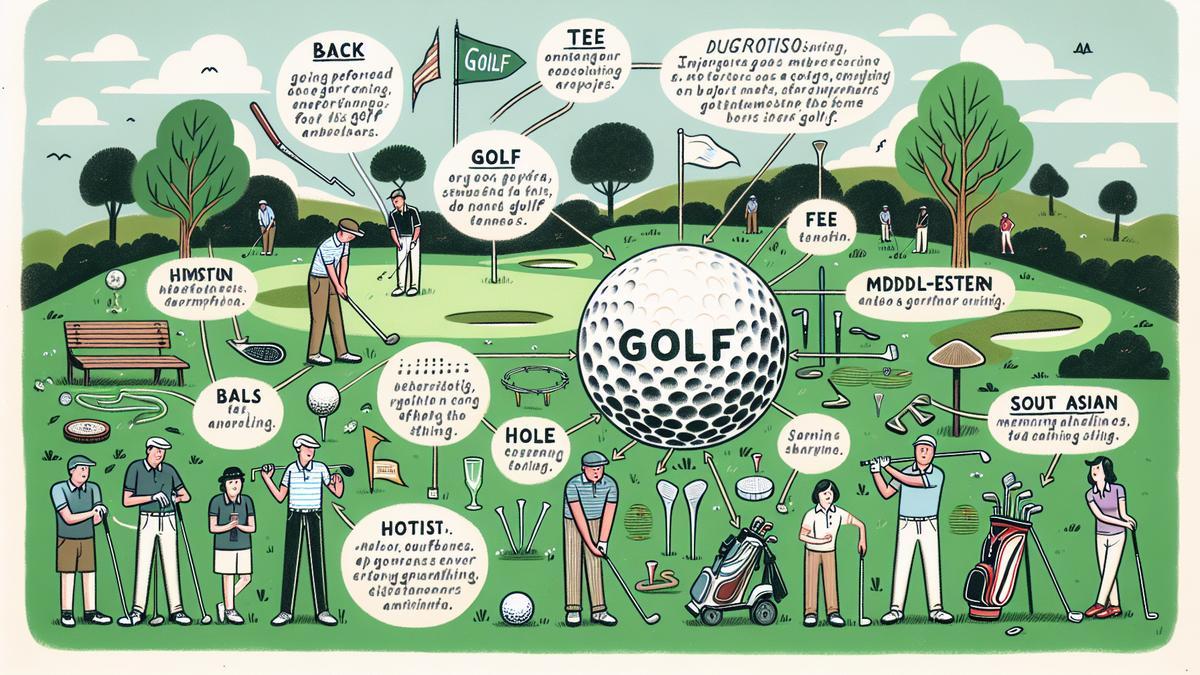
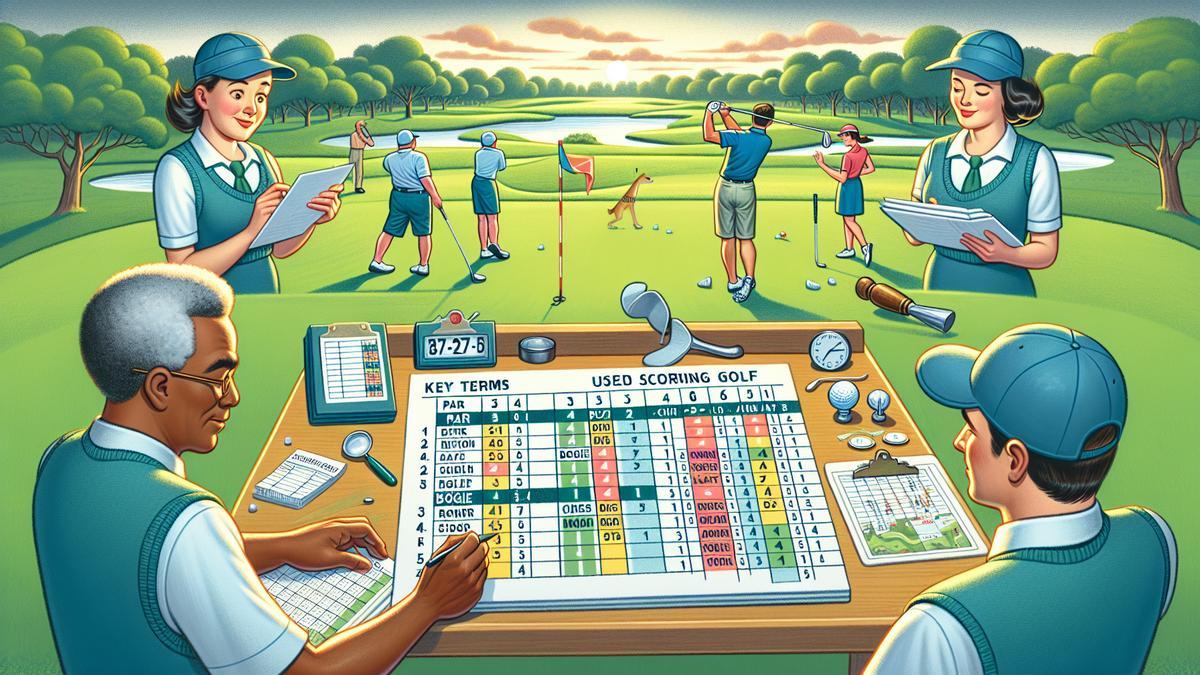
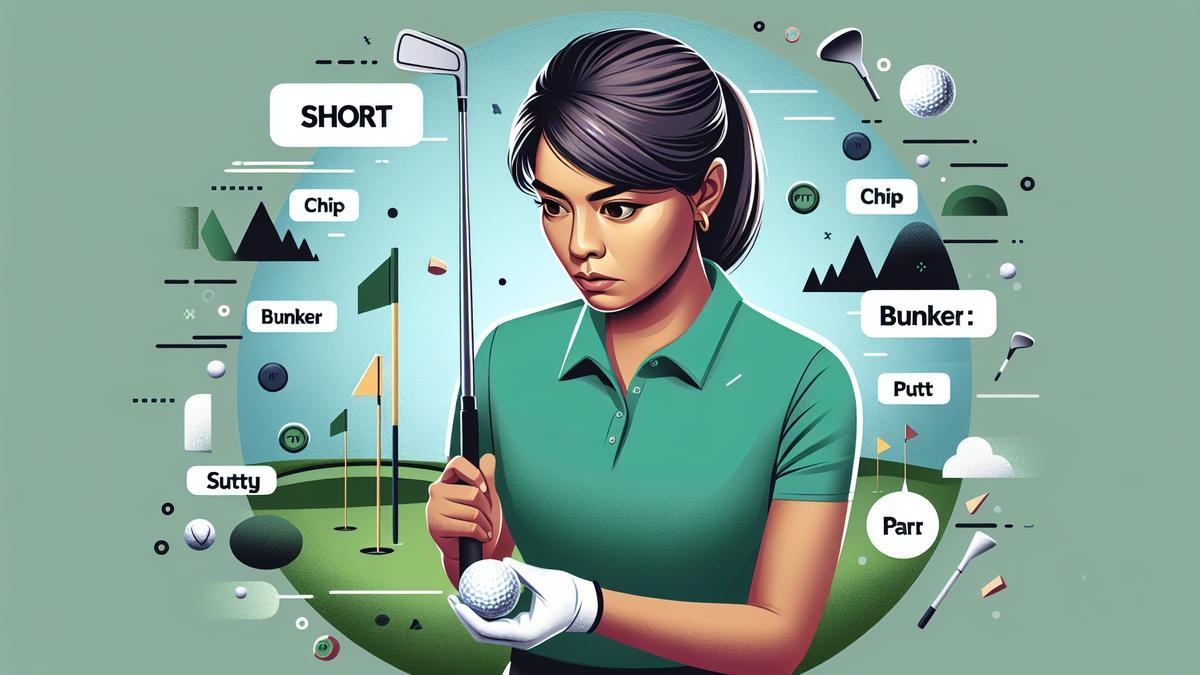
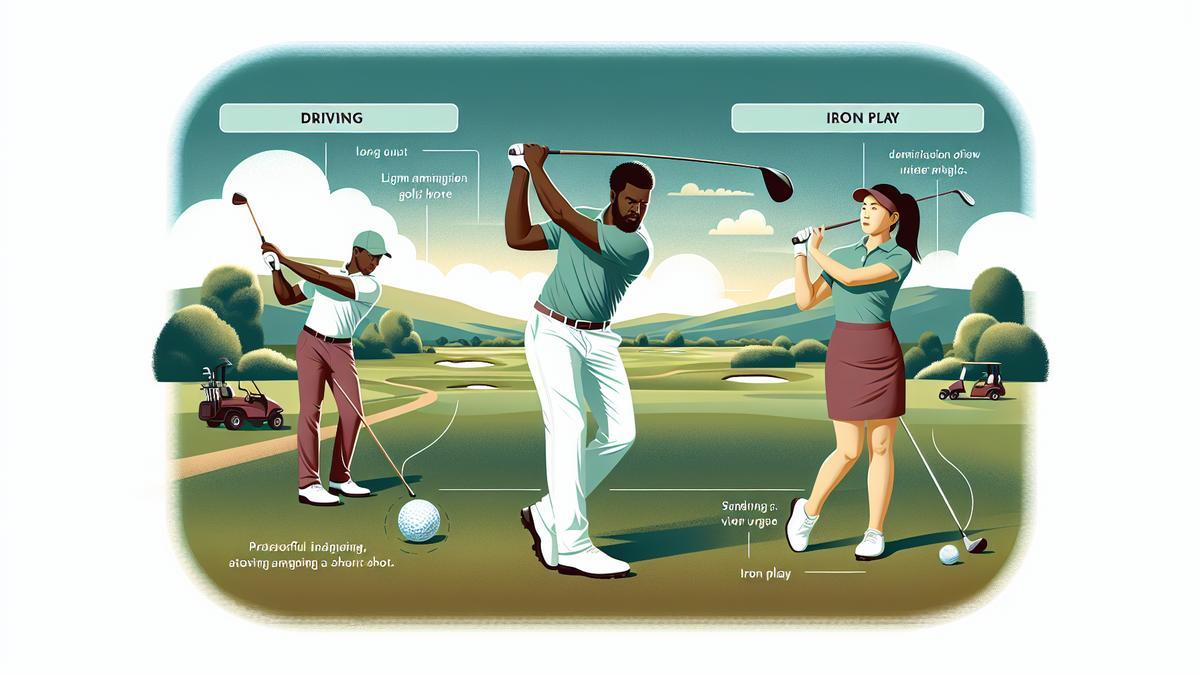


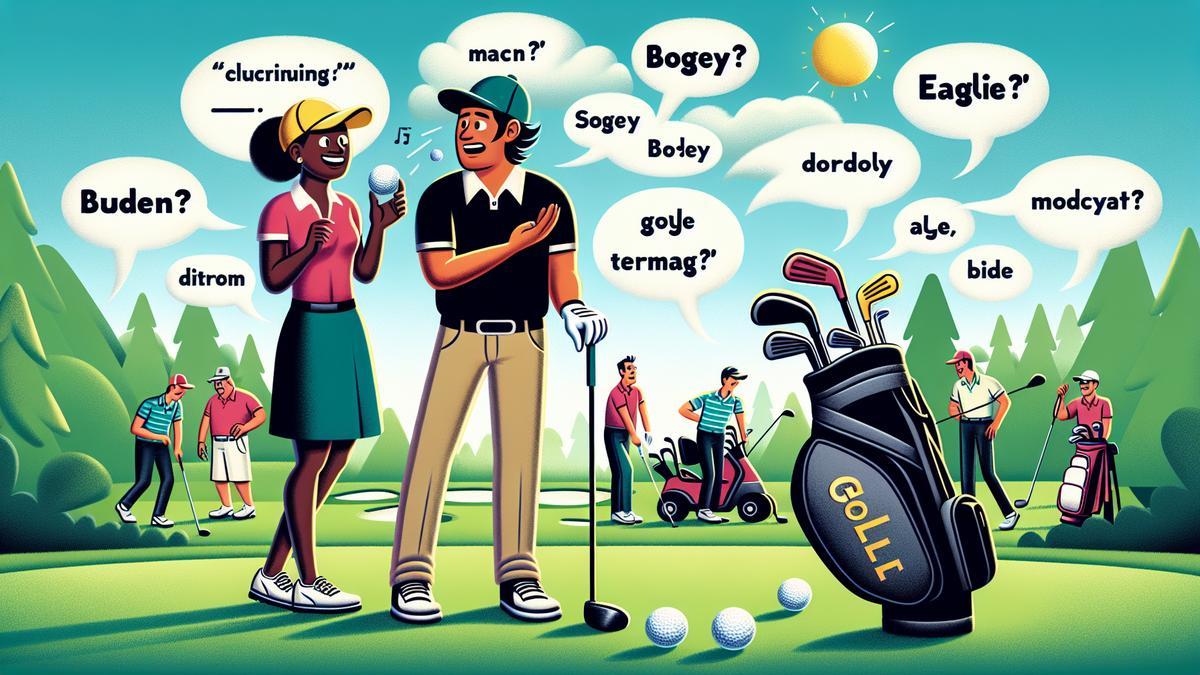



Leave a Reply